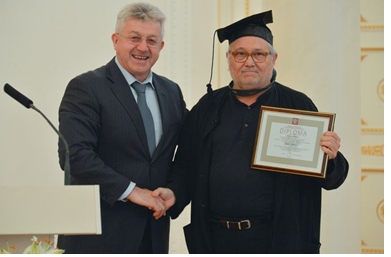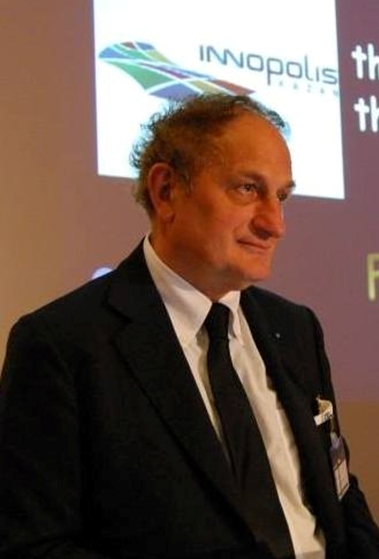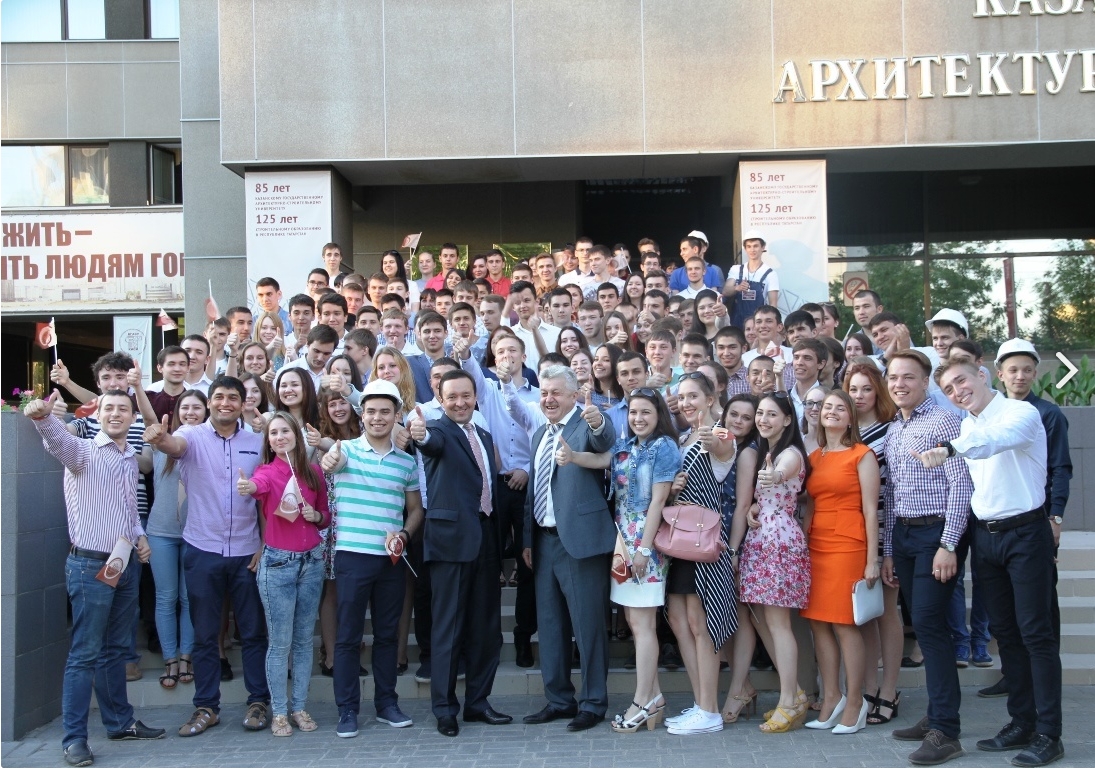OUR HISTORY
KSUAE Brochure
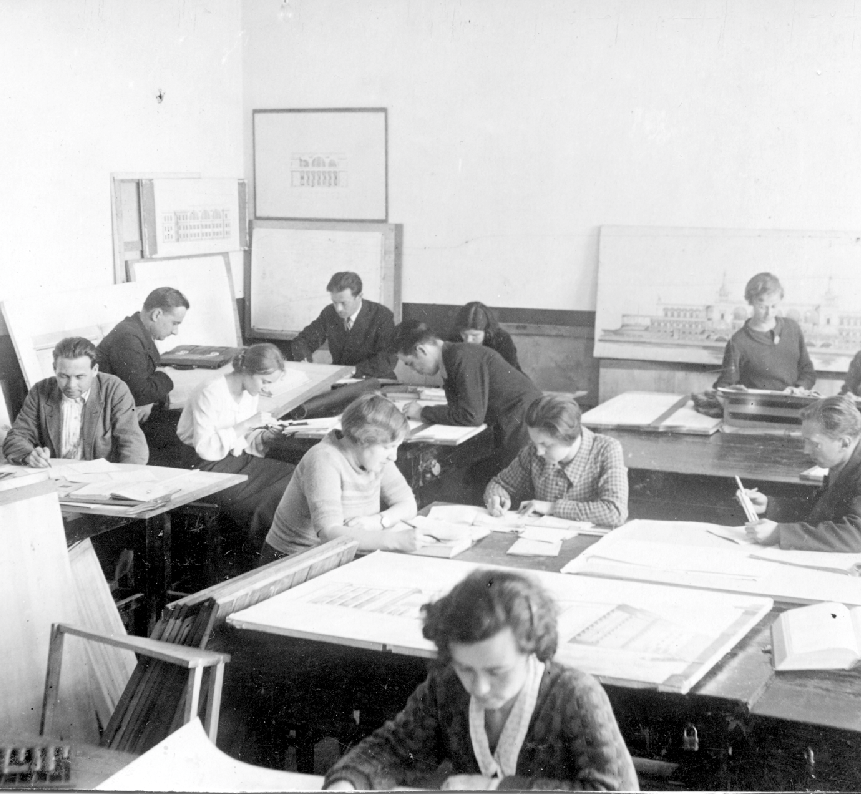 Our roots trace back to 1890 when the decree of Emperor Alexander III on June 14th established industrial schools of different types in six regions of Russia. The Kazan United Industrial College was founded that year with three areas of study: construction, chemistry and mechanics.
Our roots trace back to 1890 when the decree of Emperor Alexander III on June 14th established industrial schools of different types in six regions of Russia. The Kazan United Industrial College was founded that year with three areas of study: construction, chemistry and mechanics.
In 1919 Kazan College was renamed as Kazan Technical Institute consisting of 4 faculties in different academic programmes, including the Department of Architecture and Civil Engineering.
On 23rd May, 1930 on the base of the Institute there was established Kazan Institute of Communal Construction named after M.Gorkiy that became the first separate institution of higher education training future civil engineers and road engineers.
The period of 1930-1941 was dedicated to the development of the Institute: organization of appropriate academic process, research activity; enforcement of technical facilities and establishing academic spaces and laboratories. The number of students was increasing year by year.
Step by step the Institute was developing the relations with industry.
In 1946 the Kazan Institute of Communal Construction was renamed into the Kazan Institute of Civil Engineers that admitted its first post-war alumni, 113 students. It had the only one department called “Civil Engineering”.
In 1952 as soon as the Institute was moved under the authority of the Ministry of Oil Industry it was renamed into Kazan Institute of Civil Engineers of Oil Industry.
In 1957 the Institute got the new title – Kazan Institute of Civil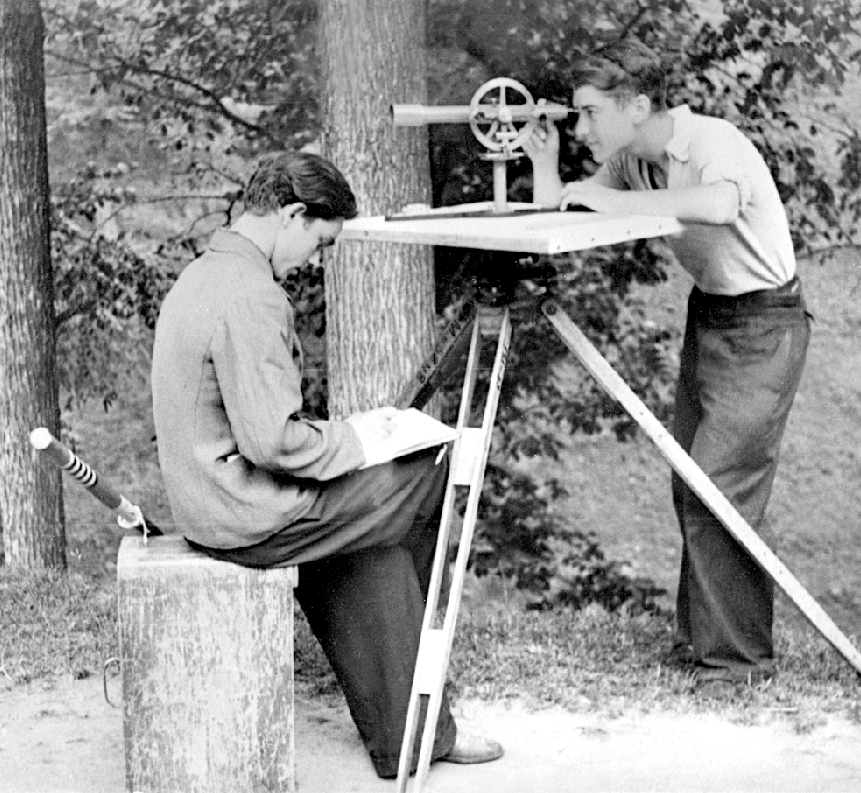 Engineering (KICE). The University existed with this title until 1995, for almost 40 years. For many people it remains KICE even today! From that moment the Institute started its great development: new departments, faculties, more academic staff, more students, more laboratories and new residences for students.
Engineering (KICE). The University existed with this title until 1995, for almost 40 years. For many people it remains KICE even today! From that moment the Institute started its great development: new departments, faculties, more academic staff, more students, more laboratories and new residences for students.
In 1963 the University opens postgraduate (PhD) courses.
In 1969 the Faculty of Architecture was opened.
By the end of the 1960s, the Institute had 7 faculties. The number of departments increased from 14 (in 1956) to 22 (in 1968). The number of academic staff exceeded 300. The academic team was formed from industry and design institutions experts and from the most perspective graduates of the post-war years. At the same time the absolute majority of young specialists recommended to teach at the Institute subsequently submitted their Ph.D. theses, and many of them headed the departments of the institute.
In 1971 there were the first graduates that got their degree in Architecture. In spite of the short period from the start of architecture academic courses (1966) the Kazan architecture school achieved important success both in Russia and abroad at that time.
By the beginning of the 80-s the Institute's popularity among applicants increased. The staff shortage of design and contracting construction institutions was gradually satisfied at the expense of our graduates. Graduates of the Institute were at the head of many organizations directly or indirectly related to construction industry.The largest construction organizations of the city and the region were almost completely staffed by our graduates.
At the beginning of the 80-s the Institute revealed itself as a big regional scientific center. Three new laboratories were opened at the University. Our researchers’ projects were constantly awarded and nominated. New departments and specialized academic courses were opened.
 In 1987/88 there were more than 5 thousand students, 1110 teachers and employees, including 13 doctors of science and professors and over 200 candidates of science. The educational process was carried out in 4 academic buildings and 4 laboratoris equipped with the most modern equipment.
In 1987/88 there were more than 5 thousand students, 1110 teachers and employees, including 13 doctors of science and professors and over 200 candidates of science. The educational process was carried out in 4 academic buildings and 4 laboratoris equipped with the most modern equipment.
In 1991 the life in our country changed significantly and it affected higher educational institutions too. The concepts of "market economy" and "university accreditation" appeared. Accreditation was the main condition for universities to have financial independence, the ability to develop in accordance with its own goals and objectives. Market relations began to take root in the process of training specialists and research. In 1992 market economy and demand of specialists with skills in economics, finance and credit led to introduce new academic course as Construction in Economics, Market Economy in Construction, Construction Marketing.
In 1995 the Institute received the status of Academy with the new title as Kazan State Academy of Engineering and Construction. At the moment there were 6 faculties in 11 specialties and 8 specialized programmes, 35 departments.
In 2004 we began to develop relations with foreign Universities in the field of Architecture and Civil Engineering to start exchange programmes.
In 2005 the Academy got higher status and becomes Federal State Educational Institution “Kazan State University of Architecture and Engineering” (KSUAE).
In 2009-2010 on the University campus, the Sports Complex "Builder" was built - the object of the 2013 Universiade.
In the period from 2009 to 2013 the University campus significantly changed. Many reconstruction works were carried out with the involvement of funds from trustees and sponsors: improvement and fencing of the campus, reconstruction and equipment of studnet residences, academic buildings and the center for technical education.
In 2015 our University celebrated its 85th anniversary and 125 years of engineering education in Tatarstan.
On January 25, 2016 in our University the Academic and Research Center "Strength" was opened.
 On November 16, 2016, we celebrated the 50th anniversary of the Kazan School of Architecture. To honor that we opened a new creative platform - the architectural and educational space “BFFT.space”, - according to the project of our teachers-architects. BFFT.space has a lecture hall for 150 people, an exhibition hall, creative studios - halls for design work, model and carpentry workshops equipped with special equipment and a library for architects.
On November 16, 2016, we celebrated the 50th anniversary of the Kazan School of Architecture. To honor that we opened a new creative platform - the architectural and educational space “BFFT.space”, - according to the project of our teachers-architects. BFFT.space has a lecture hall for 150 people, an exhibition hall, creative studios - halls for design work, model and carpentry workshops equipped with special equipment and a library for architects.
In 2018 two academic spaces were opened at our University: the information space "15" and the architectural space "Studio A1".
In 2019 two academic and research centers were opened: "Systems" and "Technology". In 2019, work was carried out on the reconstruction, interior design of 10 architectural and educational spaces of the Department of Reconstruction, Restoration of Architectural Heritage and Fundamentals of Architecture of the Institute of Architecture and Design.
In 2020 the Academic and Research Center "Roads" and the renovated space of the Children's Architecture and Design School "DASHKA" were opened.
Our University researchers and academics have developed and participated in different design, construction and restoration projects of the unique architectural monuments of our Republic of Tatarstan, such as: the Kul-Sharif Mosque, Tatar State University of Humanities, the Sports Palace "Basket-Hall", entertainment complex "Korston", the Kazan Kremlin, the Old Tatar settlement, the Island Sviyazhsk, and other historical areas and modern structures and objects of our region and Russia.
On May 23, 2020 our University celebrated its 90th anniversary.
90 years is a whole historical era of our University. In 2020 the anniversary of the University coincided with the 100th anniversary of our region, the Tatar Republic. Our University, its staff, students and graduates are a significant part of the history of Tatarstan and the whole country which is closely intertwined with the history of the Kazan State University of Architecture and Engineering.
In 2021 we opened two more academic and research centers: "Urban Planning" for territorial and spatial development of cities and "Digital" for teaching digital technologies used in architecture and construction idustries.
In 2022 KSUAE was expanded with two more academic and research centers: “Heritage/Miras” - for architectural restoration and “Architectural Physics/Archi-physics” - to develop the competencies of future architects in designing a comfortable environment for human life.
The University has a scientific and technical library (more than 600 thousand books) and access to electronic library systems, a Center for new information technologies in architecture and construction, 30 computer classes, 700 computers connected to a computer network with Internet access.
In 2023
For all these years KSUAE has become an independent federal state industrial university that solves the most important tasks of multi-level training of competitive qualified personnel and scientific and innovative support for the development of architectural, construction, road transport and housing and communal services industries of Tatarstan and Russia as a whole.
